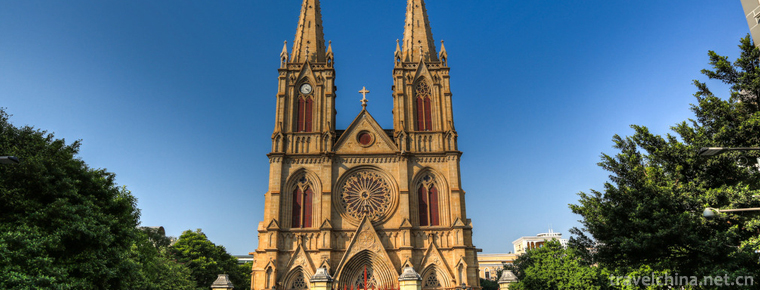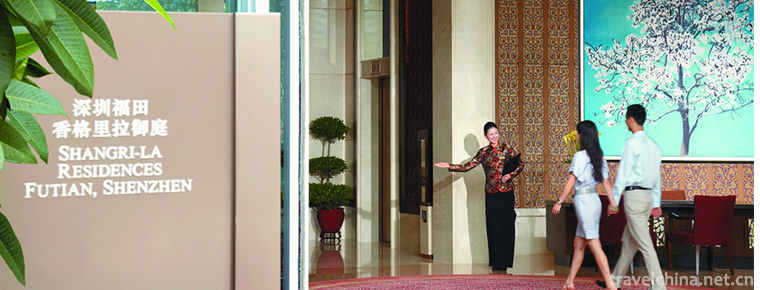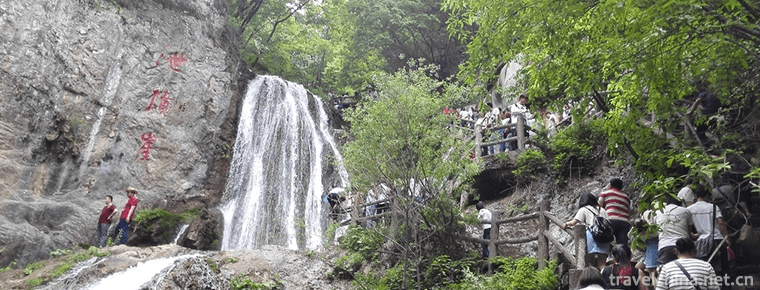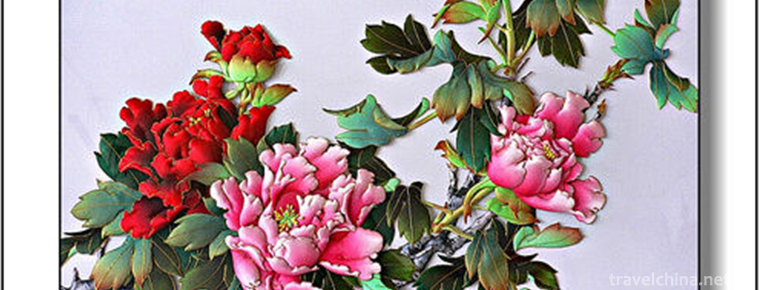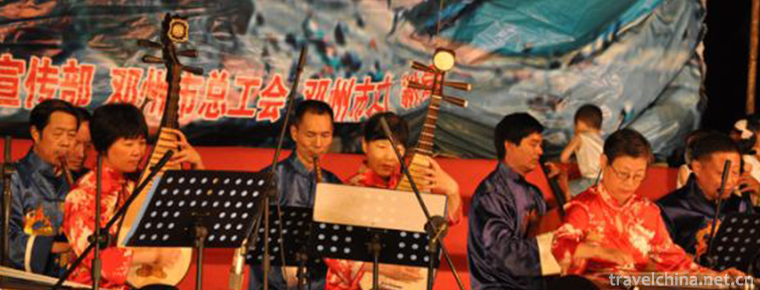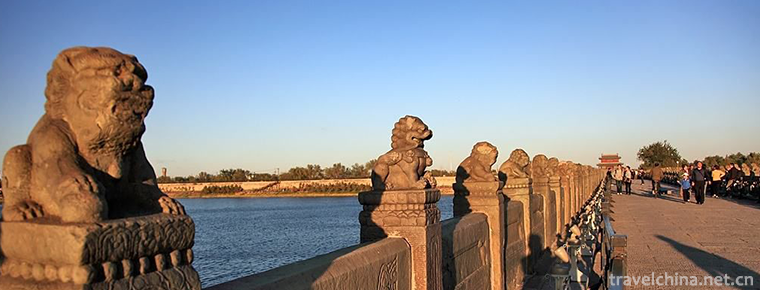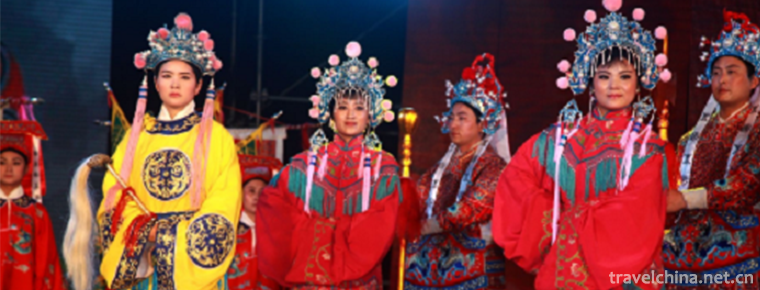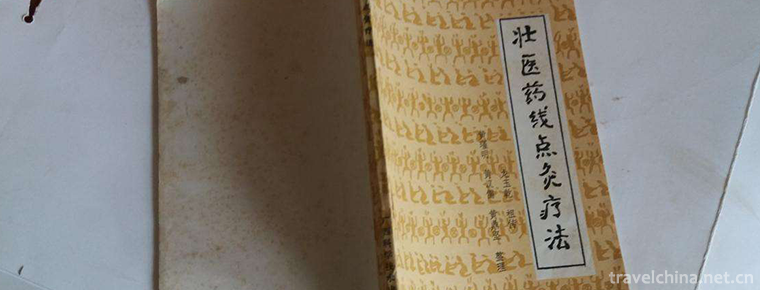Ha Ni Ha Ba
Ha Ni Ha Ba
Ha Ni Ha Ba, an important part of Chinese Hani folk literature. Hani Haba, which means Hani ancient songs, is a popular and far-reaching folk song in Hani social life. It is a solemn and elegant ancient singing mode different from Hani folk songs, love songs and nursery songs. "Hani Haba" refers to the productive labor, religious sacrifices, humanistic norms, ethics, marriage, funeral, food, clothing, housing, literature and art of the ancient Hani society. It is the "encyclopedia" of the Hani people's enlightenment customs and norms of life centered on terraced farming production and life for generations. It is known as "encyclopedia without words" and "living fossil" of culture. In March 2008, it was declared as the second batch of national intangible cultural heritage list.
Area of circulation
"Hani Haba" spreads in Yuanyang, Honghe, Luchun, Jinping and Potou Township, Puxiong Township of Honghe Yi Autonomous Prefecture in Ailao Mountains, Southern Yunnan Province. Here, mountains and valleys are deep, ravines are vertical and horizontal, mountains are high, water is high, rainfall is abundant, climate is mild, showing a three-dimensional climate characteristics of "one mountain, four seasons, ten miles and different days", which is most suitable for the growth of terraced rice. The Hani Terrace is the largest terraced rice area in the world, covering more than 800,000 mu. Unique geographical and climatic conditions and industrious Hani and other local inhabitants created the world's largest farming terraces with their hands. As one of the pioneers and the biggest developer of terrace, the Hani nationality has a long history of terrace farming, the most extensive farming area and the most profound farming technology. Because the survival and development of Hani people depend on the reclamation and development of terraced fields, terraced fields also profoundly affect all aspects of Hani people's production and life, thus forming a unique and complete terraced farming culture phenomenon. There is no written language in the history of the Hani people. The dissemination of knowledge about farming, production and life depends entirely on oral and heart-to-heart teaching. Hani bar has become the main way to pass on cultural knowledge in major festivals and gatherings of friends.
primary coverage
"Hani Haba" refers to the productive labor, religious sacrifices, humanistic norms, ethics, marriage, funeral, food, clothing, housing, literature and art of the ancient Hani society. It is an encyclopedia of the Hani people's enlightenment custom and life standardization centered on terraced farming production and life for generations.
Taking Zhu Xiaohe, the representative inheritor of the national intangible cultural heritage in Yuanyang County, as an example, as well as the translation of Lu Chaogui, the collection and arrangement of Shi Junchao and Yang Shukong, and the publication of Hani Ancient Song - Wogotsenigo by Yunnan Ethnic Publishing House, as an example, Wogotsenigo means twelve tunes of ancient songs, which focuses on the origin of various customs, etiquettes and regulations in Hani society. This chapter mainly tells the history of God, including the birth of God, the creation of heaven and earth, the killing of cattle to make up the heaven and earth, the sources of people, crops and livestock, the fire of Thunder God, hunting and gathering, the opening of fields and planting valleys, the settlement of Anzhai, the flood, the compilation of cattle by Tapo, the King of Shading Heavenly Trees and the Ring Tree. The next chapter talks about the history of man, including the head, Beima, craftsmen, the sacrificial god, the December custom song and the marriage of girls. The twelve pieces consist of the begging for daughter-in-law, the origin of funeral, the origin of rap, singing and dancing, the New Year's song and the blessing song. The content of the twelve articles can be divided and combined. They can be sung in whole or independently, depending on the appropriate content chapters selected at the ceremonial occasions at that time. From the singing occasions, Ha Ni Ha Ba is mainly sung by folk experts in ceremonial occasions such as sacrifices, festivals, weddings, funerals, roofs and other grand occasions to express Festival congratulations and auspicious wishes; from the content of the singing, the scale is huge, the structure is rigorous, the singer can sing for several days and nights. From the characteristics of singing, singing on Grand occasions, singing with wine, conveying ancient rules and principles, or good wishes to relatives, friends and villagers. The singing style is composed of one lead singer, one accompanying singer, one question and one answer, two people singing in pairs and all the people singing in harmony. In the event of a major New Year's Day, the main contents of the twelve tunes can be sung in a complete way. A singer can hardly assume a major responsibility, and several singers are required to sing together.
From the data collected and collated at the beginning of the 21st century, Haniko's classic songs Woogozenego, Hani Abe Tsongpo, Twelve Slave Boards and Mudimi Di have become the classic masterpieces of Hanihaba.
Inheritance mode
Mainly in the Hani Festival celebrations, weddings, funerals, houses and other major occasions, wine tables, fire ponds, one person led the singing, or the way of asking and answering, from generation to generation. Inheritance pedigree is very complex, characterized by voluntary, hobbies, mostly social loose type, mostly according to their hobbies to follow the "Mobi" or "Haba Abo" (singer) and participate in social activities to learn. "Ha Ni Ha Ba" is preserved in the way of advocating teachers to learn art or self-study.
Main characteristics
From the aspects of genre, Festival division, characteristic linings and lyrics themselves, it has the following characteristics: firstly, there are both long ancient songs and free impromptu short songs; secondly, in the relative stability of the long rhythm, there is a relatively arbitrary division of the song; thirdly, there is a relative independence of the song section in the continuity of the long song narrative; fourthly, there is a contrast in the specificity of the special linings. The flexibility of the use of words; Fifth, there is a free duality of syllables and a general rhyme in the lyrics and sentences of different lengths in spoken language; Sixth, in the subjectivity of a singer, there are two, three or more singers'freedom to rotate and sing in pairs. From the content point of view, the content is very rich, integrating history, showing Hani society's production and labor, religious sacrifices, human norms, marriage and funeral, food, clothing, housing, literature and art, etc. It can be called the Encyclopedia of Hani social education customs, normative life without written records, oral inheritance. From the perspective of the language of Hanihaba, the language is clumsy and implicit, the imagination is superb and natural, the artistic conception is magnificent and profound, which reflects the great ambition of Hani people, the lofty and outstanding pursuit of life and the great power of changing the world. It is a classic masterpiece of human oral literature. From the point of view of the melody, the melody is sometimes deep, thick, sometimes high-spirited and fierce, showing the grand and simple, solemn and elegant artistic charm of "Ha Ni Ha Ba".
Inheritance value
From the singing way, it is the most important way to inherit Hani traditional culture. The important occasions such as festivals, weddings, funerals, starting houses and building houses are the big classroom to spread Hani culture. "Ha Ni Ha Ba" has become an important link for Hani people to inherit knowledge, exchange emotions and condense national spirit. From the content point of view, it is rich in content and integrates history. It covers all aspects of Hani society, such as productive labor, religious sacrifices, humanistic norms, marriage, funeral, food, clothing, housing, literature and art. It can be regarded as an encyclopedia of Hani's social enlightenment customs, normative life and oral inheritance. "Hani Haba" is a classic representative of oral and intangible cultural heritage of Hani and even the farming minority nationalities in southwest China. It is a "Bible" that systematically studies the production and life, religious sacrifices, humanistic norms, ethics, marriage, funeral, food, clothing, shelter, literature and art of the Hani traditional society. It has very important historical, scientific, literary and artistic value.
"Hani Haba" is actually the main carrier for Hani people to remember history, inherit culture, impart knowledge, summarize experience, ethics, look forward to the future and spread good customs. It is also the "living fossil" of Hani terrace culture in the Red River and a business card to show the culture of the Red River.
Heritage Protection
In March 2008, "Ha Ni Ha Ba" was released by the State Council as the second batch of national intangible cultural heritage protection list. In order to further protect, excavate and inherit the ethnic cultural resources of Ha Ni Ha Ba, Yuanyang County has a total of 408,000 yuan of special funds for the protection of Ha Ni Ha Ba. In 2011, relevant personnel were organized to go deep into 31 natural villages with deep Hani folkways and customs. A comprehensive investigation was conducted on the historical origin, development and evolution of Ha Ni Ha Ba, as well as its distribution and spread. Ten basic conditions, including inheritor, inheritance content, inheritance mode, development skills and their value. And take the form of text, recording, video and other forms to sort out, classify and archive the excavated "Ha Ni Ha Ba" ethnic cultural resources for the rescue and research of "Ha Ni Ha Ba".
Non heritage information
Heritage Level: The Second Batch of National Non-material Cultural Heritage
Approval serial number: 553
Heritage Number: I-66
Project name: Ha Ni Ha Ba
Applicant: Yuanyang County, Yunnan Province
Approval No. 19, Guofa
Approval date: 7 June 2008.


-
Shishi Sacred Heart Cathedral
Guangzhou Shishi Sacred Heart Cathedral is located in Yide Road.
Views: 150 Time 2018-10-12 -
Chinese Shared bicycle
Shared bicycle refers to the bicycle sharing service provided by enterprises in campus, subway station, bus station, residential area,.
Views: 183 Time 2018-11-13 -
Futian Shangri La Hotel Shenzhen
The second Shangri-La Hotel Group, Shenzhen Futian Shangri-La Hotel, is located in the downtown area of Futian Business District. It can easily reach Shenzhen Convention and Exhibition Center, large s.
Views: 673 Time 2018-12-16 -
Nangongshan National Forest Park
Nangongshan National Forest Park, located in Langao County, Ankang City, Shaanxi Province, is a branch of Hualongshan Mountain of Daba Mountain System, 33 kilometers from the county seat.
Views: 166 Time 2018-12-27 -
Old Stork River Drifting
Xixia Guanhe Drifting Scenic Area is a national AAAA-level tourist attraction and a part of Funiushan World Geopark in Nanyang, China. Xixia County, Nanyang City.
Views: 112 Time 2019-01-29 -
Chongdugou Scenic Area
Zhongdugou Scenic Area, located in Luanchuan County, Luoyang City, Henan Province, was given the name of emperor because Liu Xiu, Emperor Guangwu of the Eastern Han Dynasty.
Views: 201 Time 2019-03-18 -
Cloth paste painting
Teng Teng is the founder of Teng's cloth paste painting. He was born in Fengning Manchu Autonomous County, Hebei Province in 1932. He is the director of Teng's cloth paste painting.
Views: 149 Time 2019-04-04 -
Silk Strings of Laohekou
Laohekou Silk String is a traditional folk music in Xiangyang City, Hubei Province. Laohekou Silk String is different from other forms of folk literature and art. It is a music that combines folk arti.
Views: 289 Time 2019-05-11 -
Legend of Lugou Bridge
The legend of Lugou Bridge is very rich in content, including the construction of Lugou Bridge, the lion on Lugou Bridge, Lugou pier chopping dragon and sword, Lugou Xiaoyue, Lugou Bridge and Wanping .
Views: 365 Time 2019-05-15 -
Wan Bang
Wan Bang is a rare local opera. It grows and distributes in Nanyang in southwestern Henan and its surrounding areas. In the early days, people called it Hao Bang, Lao Bang Zi, Nanyang Bang Zi, etc. Be.
Views: 148 Time 2019-06-25 -
Acupuncture
Acupuncture means that under the guidance of traditional Chinese medicine theory, needles (usually filiform needles) are punctured into patients'bodies at a certain angle, and needling techniques such.
Views: 109 Time 2019-07-25 -
Zhuang medicine thread moxibustion therapy
Zhuang medicine is the traditional medicine of the Zhuang people. It is a national traditional medicine based on the ancient Luoyue culture and Lingnan culture, with Yin and Yang as its foundation, Qi.
Views: 166 Time 2019-08-16
